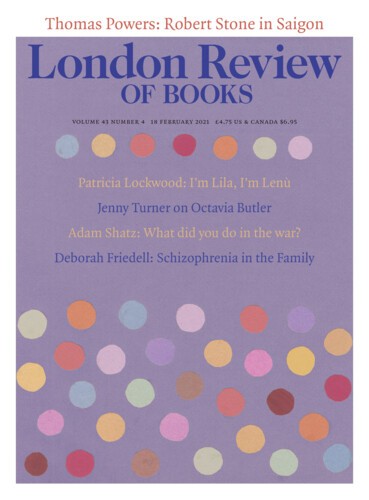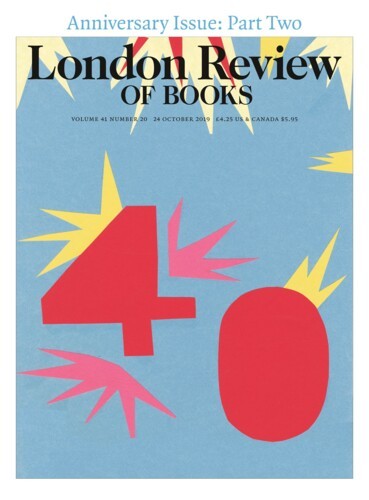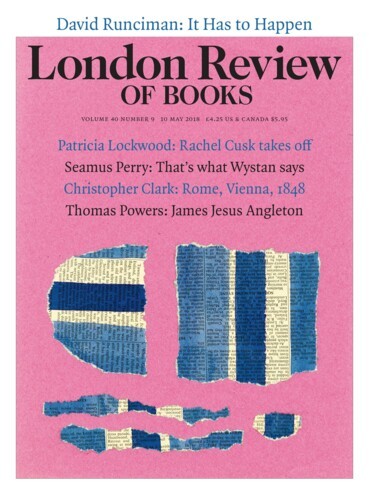Fire or Earthquake: Joan Didion’s Gaze
Thomas Powers, 3 November 2022
No American writer ever revealed more in a photograph than Joan Didion. She was small, five foot one and three-quarter inches tall, which she fudged on her California driver’s licence as five two. She weighed nothing. Somewhere there must be a photograph of her beaming with delight but I’ve never seen it. With age, her neck thinned. Her arms were like birds’ legs. Her face...




